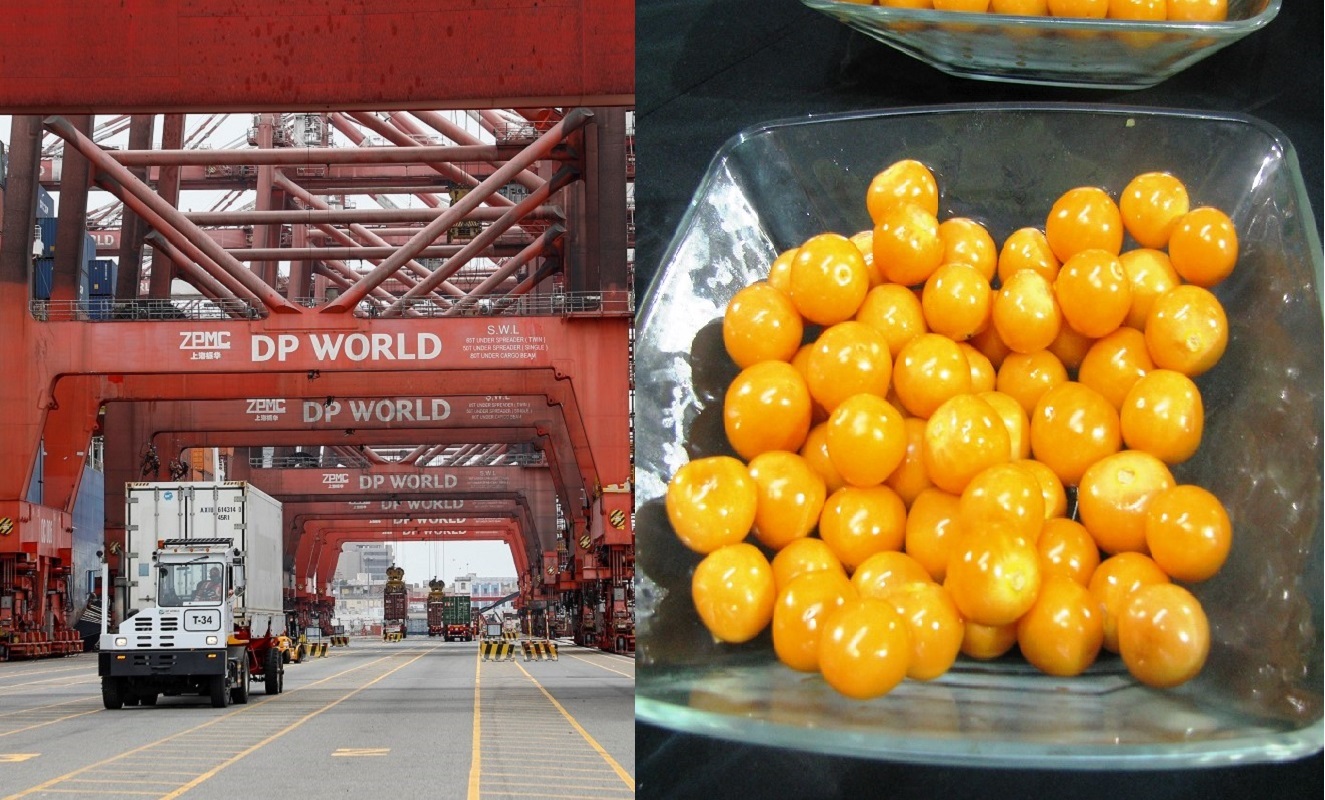Agencia Peruana de Noticias PRENSAPERU.PE https://prensaperu.pe Twitter: @prensaperupe Los despachos de frutas exóticas peruanas al exterior –de exquisito sabor y propiedades nutritivas– sumaron alrededor de US$ 13 millones 400 mil el año pasado, lo que significó un alza del 46.2% en comparación al 2020, reportó el Centro de Investigación de Economía y Negocios Globales de la Asociación de Exportadores (CIEN-ADEX).
Según el reporte ‘Frutas exóticas: evolución del mercado nacional y mundial’, la más importante fue la maracuyá con US$ 6 millones 742 mil (presentaciones en pulpa, congelada y fresca), seguida del aguaymanto con US$ 3 millones 701 mil (deshidratado, congelado y en conserva).
En tercer lugar se ubicó la lúcuma con un total de US$ 1 millón 553 mil (pulpa y congelada) y en el cuarto la chirimoya con US$ 689 mil (pulpa y fresca). Otras fueron el camu camu, granadilla, aguaje, lulo, cocona, pitahaya y carambola.
En el 2021, un total de 125 empresas exportaron frutas exóticas convencionales a 35 naciones, y 26 compañías despacharon frutas exóticas orgánicas a 22 territorios.
Por continentes, América del Sur fue el principal destino con US$ 4 millones 300 mil (participación de 31.8% del total), seguido de América del Norte (24%), Europa (21.6%), América Central (10.1%), Oceanía (6.8%), Asia (5.5%) y África (0.01%).
A nivel de países, llegaron a Chile que se consolidó como el líder con US$ 3 millones 800 mil. En segunda posición estuvo EE.UU. con US$ 2 millones 400 mil y en tercera Puerto Rico (US$ 1 millón).
Lima concentró el 70.5% de las exportaciones totales de estas frutas, Lambayeque el 9.9%, Áncash el 9.5% y Junín el 4.3%, entre otras regiones. Callao y Ucayali fueron las que registraron el mayor incremento con 285.6% y 204% respectivamente en comparación al 2020.
El ranking de empresas exportadoras de frutas exóticas convencionales el año pasado fue liderado por Unión de Negocios Corporativos S.A.C., Delicias y Sabores del Perú E.I.R., Mebol S.A.C., Fusion Foods S.A.C. y Agroindustrias AIB. El de frutas exóticas orgánicas por Algarrobos Orgánicos del Perú S.A.C., Villa Andina S.A.C., Agro Andino S.R.L., Green Box S.A.C. y Agrofino Foods S.A.C.
PERÚ PROVEEDOR N°7 EN EL 2020
En el 2020, el mercado mundial de frutas exóticas se situó en cerca de US$ 9 mil 053 millones. China fue el comprador N° 1 concentrando el 21.1% del total (US$ 1,913 millones 600 mil), seguido de EE.UU. y Alemania.
Vietnam fue el proveedor líder con el 16.7% del total (US$ 1,460 millones 700 mil), monto que representó una caída de -9.8% respecto al 2019. Tailandia fue el segundo (US$ 891 millones 400 mil) y EE.UU. el tercero (US$ 743 millones 200 mil). Perú se posicionó en el puesto N° 7 en el ranking mundial con una participación de 3.3% y el N° 1 en América Latina.
EL DATO
En el 2021 los mayores envíos de frutas exóticas se realizaron vía marítima con el 93.2% de participación, vía aérea (5.3% del total) y por carretera (1.5% del total).
Fuente: Agencia Peruana de Noticias PRENSAPERU.PE https://prensaperu.pe Twitter: @prensaperupe
English translation
US$ 13 million 400 thousand were added in 2021 to Peruvian exports of exotic fruits, in 2020 we obtained the position No. 7 of world supplier.
Peruvian News Agency PRENSAPERU.PE https://prensaperu.pe Twitter: @prensaperupe Exports of exotic Peruvian fruits abroad –with exquisite flavor and nutritional properties– totaled around US$ 13,400,000 last year, which which meant an increase of 46.2% compared to 2020, reported the Center for Research on Global Economy and Business of the Association of Exporters (CIEN-ADEX).
According to the report ‘Exotic Fruits: evolution of the national and world market’, the most important was passion fruit with US$ 6 million 742 thousand (presentations in pulp, frozen and fresh), followed by aguaymanto with US$ 3 million 701 thousand (dehydrated , frozen and canned).
In third place was lucuma with a total of US$ 1,553,000 (pulp and frozen) and in fourth place was cherimoya with US$ 689,000 (pulp and fresh). Others were camu camu, granadilla, aguaje, lulo, cocona, pitahaya and carambola.
In 2021, a total of 125 companies exported conventional exotic fruits to 35 nations, and 26 companies shipped organic exotic fruits to 22 territories.
By continents, South America was the main destination with US$ 4,300,000 (share of 31.8% of the total), followed by North America (24%), Europe (21.6%), Central America (10.1%), Oceania (6.8%), Asia (5.5%) and Africa (0.01%).
At the country level, they reached Chile, which consolidated itself as the leader with US$ 3,800,000. In second position was the United States with US$ 2,400,000 and in third place Puerto Rico (US$ 1 million).
Lima concentrated 70.5% of the total exports of these fruits, Lambayeque 9.9%, Áncash 9.5% and Junín 4.3%, among other regions. Callao and Ucayali were the ones that registered the highest increase with 285.6% and 204% respectively compared to 2020.
The ranking of conventional exotic fruit exporting companies last year was led by Unión de Negocios Corporativos S.A.C., Delicias y Sabores del Perú E.I.R., Mebol S.A.C., Fusion Foods S.A.C. and AIB Agroindustries. Organic exotic fruit by Algarrobos Orgánicos del Perú S.A.C., Villa Andina S.A.C., Agro Andino S.R.L., Green Box S.A.C. and Agrofino Foods S.A.C.
PERU SUPPLIER N°7 IN 2020
In 2020, the world market for exotic fruits stood at about US$9,053 million. China was the No. 1 buyer, concentrating 21.1% of the total (US$ 1,913,600,000), followed by the US and Germany.
Vietnam was the leading supplier with 16.7% of the total (US$ 1,460,700,000), an amount that represented a drop of -9.8% compared to 2019. Thailand was the second (US$ 891,400,000) and the US. the third (US$ 743 million 200 thousand). Peru was ranked No. 7 in the world ranking with a share of 3.3% and No. 1 in Latin America.
THE DATA
In 2021, the largest shipments of exotic fruits were made by sea with a 93.2% share, by air (5.3% of the total) and by road (1.5% of the total).
Source: Peruvian News Agency PRENSAPERU.PE https://prensaperu.pe Twitter: @prensaperupe
